Learning R Programming for Data Science
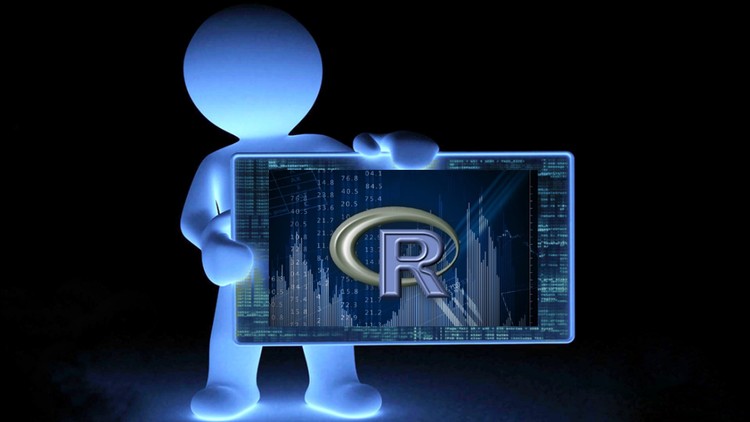
Why take this course?
📚 Mastering R Programming for Data Science - A Journey from Beginner to Intermediate 🎓
Course Overview: Are you ready to unlock the full potential of data with R, one of the most powerful tools in the arsenal of a Data Scientist? Learning R Programming for Data Science is your comprehensive guide from the basics to the intermediate level. This course is meticulously crafted for beginners and designed to elevate your data analysis skills using R.
Why Choose R for Data Science?
- Versatility: R is a language that is specifically designed for statistical computing and graphics.
- Community-Driven: With an extensive community, R has thousands of packages for various data science applications.
- Integration: Easily integrates with other programming languages like Python.
What You Will Learn:
-
Introduction to Data Science:
- Understanding the scope and importance of Data Science in the modern data-driven world.
- The typical lifecycle of a Data Science project, from question formulation to answer presentation.
-
Getting Started with R:
- Installing and configuring your R environment for optimal performance.
- Setting up RStudio, your robust integrated development environment (IDE) for R.
-
Data Structures in R:
- Mastering the creation and manipulation of Vectors, Matrices, Factors, Data Frames, and Lists.
- Understanding the memory structure behind these data structures.
-
Data Problem Solving with R:
- Using Operators to perform calculations efficiently.
- Employing Conditional Statements to create logic within your scripts.
- Learning how to implement Loops for repetitive tasks and large datasets.
- Exploring base functions and user-defined functions to extend the functionality of R.
-
Data Manipulation Techniques:
- Effective data gathering from various sources using
readrand other packages. - Cleaning your data with techniques that ensure accuracy and reliability.
- Utilizing the power of Regular Expressions for text parsing and extraction.
- Working with Dates & Times to accurately represent and manipulate temporal data.
- Effective data gathering from various sources using
-
Data Visualization:
- Crafting meaningful plots using base R plotting capabilities.
- Learning advanced visualization with the
ggplot2package. - Understanding the principles of effective data storytelling through graphics.
-
Advanced Data Analysis Tools:
- Diving into the
dplyrpackage for sophisticated data manipulation. - Exploring packages like
tidyr,readr, andggplot2to streamline your data analysis workflow.
- Diving into the
By the end of this course, you will be able to:
- Proficiently handle data with R, turning raw data into actionable insights.
- Perform complex statistical analyses using R's extensive statistical libraries.
- Create compelling visualizations that communicate your findings effectively.
- Contribute to Data Science projects with confidence and expertise.
Your Instructor: Mohammed Barakat, a seasoned Data Scientist and R enthusiast, will guide you through this learning journey. With real-world examples and hands-on practice, you'll not only learn the theory behind R but also how to apply it in practical scenarios.
Join us on this data adventure and transform your data into a powerful story with R Programming! 🚀
📅 Course Schedule:
Week 1: Introduction to Data Science & Setting up your R Environment
Week 2-3: Data Structures & Operational Efficiency in R
Week 4-5: Data Manipulation, Cleaning & Regular Expressions
Week 6-7: Working with Dates & Times, Base Plotting & Introduction to dplyr
Week 8: Advanced Visualization with ggplot2
👨🏫 Who is this course for?
- Beginners in R and Data Science who want to build a solid foundation.
- Intermediate users looking to refine their skills and expand their knowledge.
- Professionals from different fields who wish to leverage data science in their work.
Enroll now and embark on your journey to becoming a proficient Data Scientist with R! 🎫✨
Course Gallery
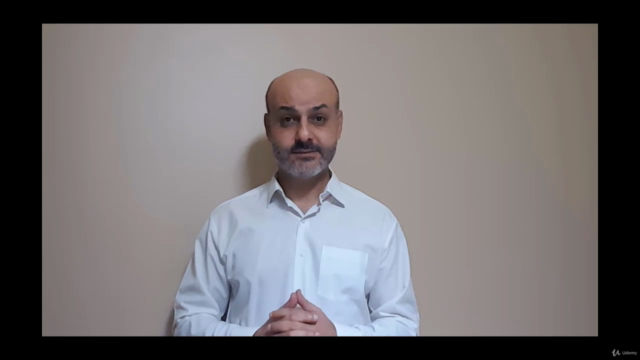
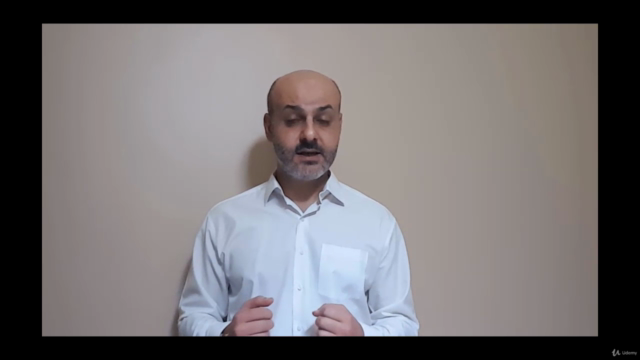
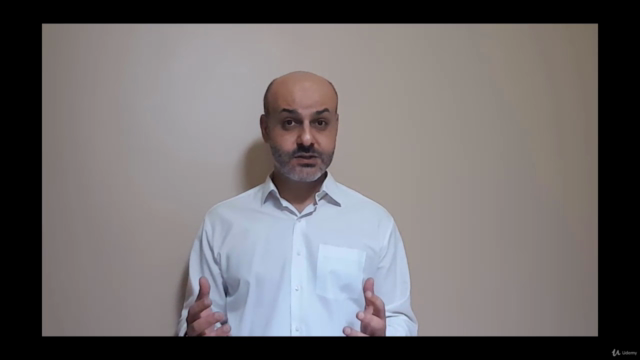
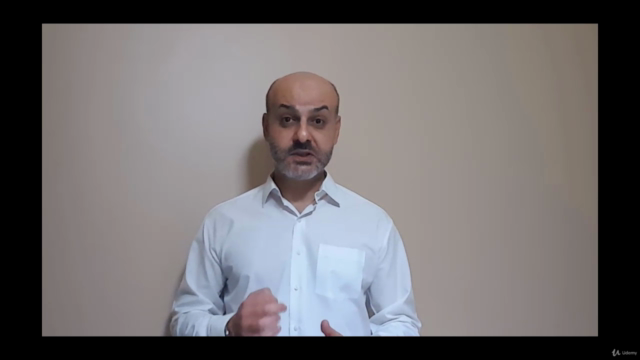
Loading charts...